How to Cook Perfect Basmati Rice Every Time
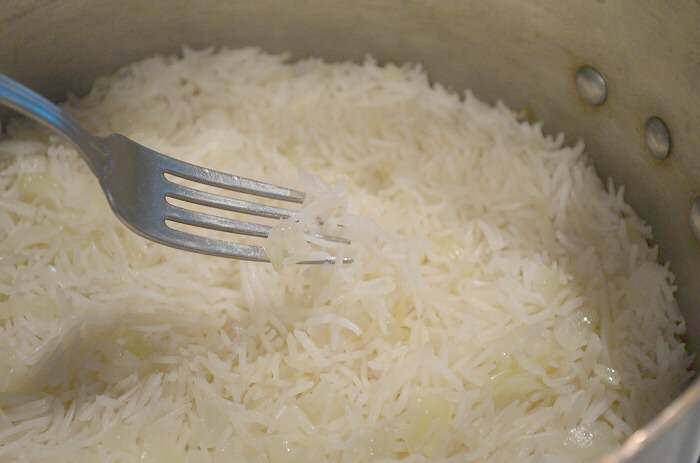
I’ve been making Basmati rice for a long time and feel like I’ve perfected it from the lesson of first making some serious mistakes.
The first time I made it is a time I look back on and now laugh a bit. I had never seen rice other than white grain or wheat bran rice, and even then I usually made pasta instead of rice.
Basmati was something new that I was exposed to from I found a plethora of it in Middle Eastern and Mediterranean grocery stores in the ethnic neighborhoods around Columbus, Ohio. It was the closest place to travel: 45 minutes outside of my college town of Athens, Ohio where I could find international foods and something I wanted to make because of my exposure to new friends at university who were making some of the most delicious dishes I’d ever tasted: Pakistani Biryani with chicken or goat meat; Gulf Style Kebsa were my two absolute favorites. So I wanted to learn to make them myself and fill my own kitchen with the lovely aroma that only Basmati does.
Just opening up a bag to the noticeably different aroma made me interested in making it.
The mistake I made was that the first time I cooked it, I never rinsed it. Apparently, bags like the one above were a little different than the plastic packets or bags of rice that I was used to that were already rinsed. The ones in the burlap bags made no such claims so after I learned what I should have done, it was back to soak, swoosh, rinse. Repeat. Soak, swoosh, rinse. Repeat. And so on…not a big deal but something I had to learn.
I also learned a tried and true method from friends that makes it come out perfect every time and it seems to be way more forgiving than any other rice I have ever cooked, so it’s another reason I almost always buy Basmati.
First, cover the suggested amount of rice in a bowl with cool water. It doesn’t matter the amount, just enough to cover and allow you to swoosh it around. This also helps to remove some of the starch once you rinse it.
Once you’re done swooshing it around (with clean hands, of course) you’ll be able to see any impurities come to the surface. This bowl seems to look pretty clean, although there’s a lot of starch in there as you can tell from the cloudy surface.
You can drain the water out, but repeat the process several times. You can rinse it by putting the rice in a colander with small holes so that the grains don’t fall through. I like the bowl method the best.
Now here’s where I don’t have photos to show so you’ll just take my word for it in terms of cooking.
I like to add onions to my ‘plain’ Basmati rice, but you can certainly skip this method. I use a medium-large deep bottom sauce pan, depending upon how large the amount you want to make. I sauté the onions in butter or ghee then add the rice that has been fully drained of any water. I sauté the rice for just a minute or so, just to blend it in with the butter or oil and the onions. It almost smells like popcorn when it’s cooking, it’s so aromatic.
I then add water just to cover the rice (exact measurements in the recipe below), although when I first learned how to make it I learned how to eyeball it by systematically putting one inch of water only above the rice.
Once the water covers the rice, heat and bring it to a boil, then immediately turn the heat to low and cover the pot with a tight-fitting lid. If your lid isn’t tight, put foil between the lid and the pot or even a cotton cloth, but make sure any cloth does not come near any flames or heat. Cook for exactly 20 minutes.
The other important thing to remember is to never, ever, never peek into the pot to see if it’s done before the time is up. When you do that, you waste valuable steam which really does affect how the rice cooks and how fluffy it turns out.
The effect you want is a fluffy, well-cooked rice that separates nicely with a fork.
Although I always eat mine with a spoon.
What about you? Do you cook Basmati rice often? How do you do it? Have you ever tasted it at all?


- 1.5 cups Basmati rice
- 2 tablespoons butter or ghee
- 1 tablespoon grape seed oil
- 1/3 cup yellow onion, diced
- 1.5 cups water
- 1/2 teaspoon sea salt
- Rinse the rice several times or put it in a bowl first, then swish it around to bring any impurities to the top. Drain the water out and rinse the rice a couple of times.
- In a deep bottom sauté pan, heat the butter and oil. Add the onion and sauté until translucent.
- Add the rice and sauté slightly, then add the water and salt.
- Bring to a boil then immediately lower the heat. Place a clean cotton towel over the top, but be careful that no edges are anywhere near the flame or heat. Place the lid onto the pan, too.
- Keep heat on low and cook this way for 20 minutes without opening until the very end.
- Once opened, remove the lid and let the remaining steam out.
- Serve immediately, as desired.
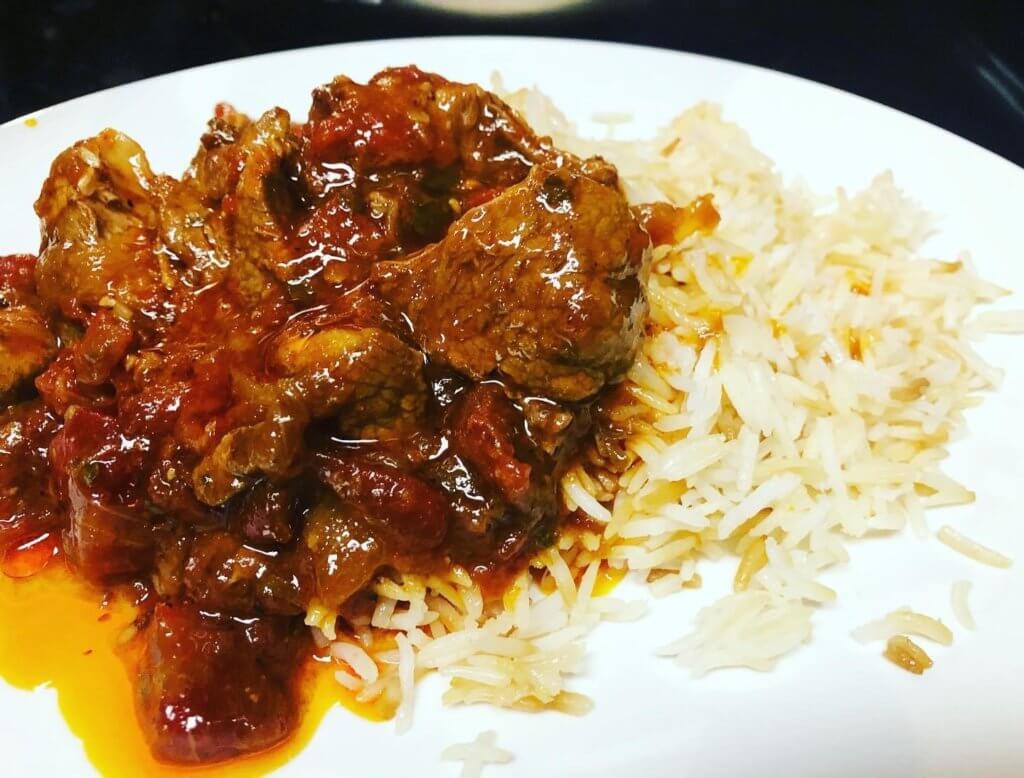

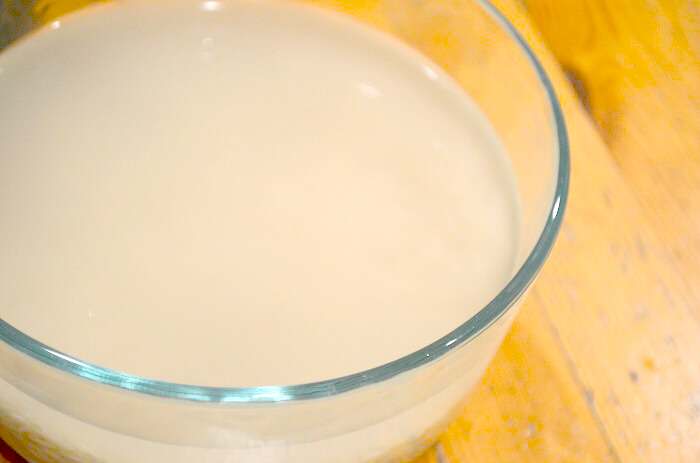
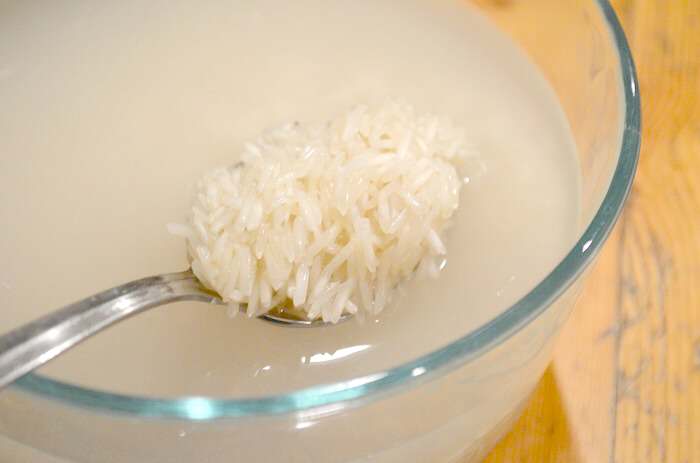
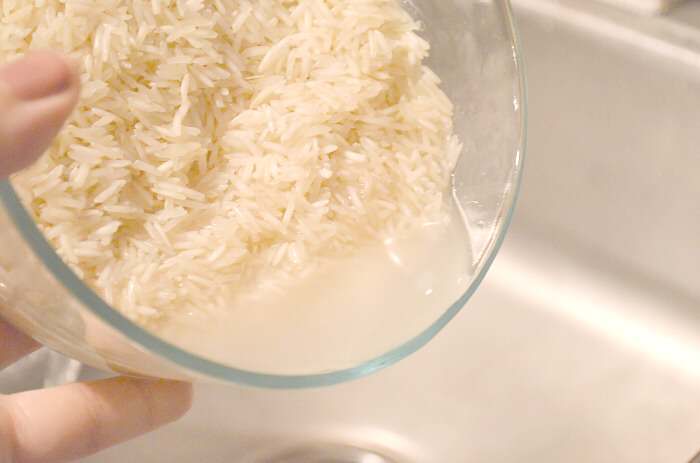




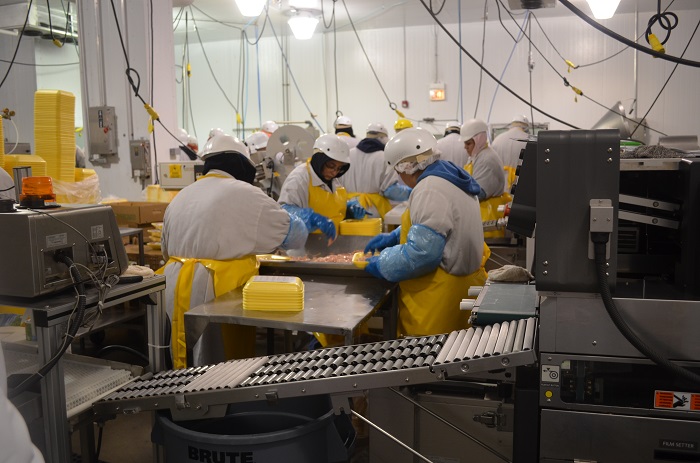


My heavens finally someone to talk to about rice! And you use the same rice we do, the ONLY rice I can’t seem to cook regular rice that’s pre-washed it was blah. I even went out and bought a non stick pan just for my rice. I’ve been trying to make Persian rice with the crunchy on top but it has alluded me.
But about the Basmati I have found if you give it an hour of soaking the rice won’t break down if you have leftovers. I like to make fried rice with mine. We have a friend that has a card to one of those shopping warehouses and we had him get 40 pounds so we wouldn’t run low. So here’s my method of making rice:
1 cup Basmati
1 1/2 cups water
1 T butter or olive oil
salt to taste
anything you want to add
Put rice in cold water and let sit for at least one hour. Rinse rice and repeat till your rice doesn’t have as much starch covering get out as much of the water as you can.
I use a non stick saucepan on medium to low heat add the butter or olive oil and coat the rice, add any spices and salt.
Bring the heat up and add 1 1/2 cups water and bring to a boil. Cover the lid with a cloth (I use cloth napkins) cover and reduce heat to low. Cook for 20 minutes. Check to see there’s no liquid left, put the lid back on for 5 minutes with no heat.
Serve
Lynn
1.5 cup water for 1.5 cup rice? isn’t that too little?
as per the common practice in our home the quantity of water should be 1.5 to 2 times the amount of rice depending on how long it was soaked. (if soaked less; use 2 cups water for 1 cup rice, if soaked for 30 min or so use 1.5 cup water for 1 cup rice)
also old rice require more water and new rice require less water
plus if you are cooking on electric stove you use water 2 times the quantity of rice; 1 cup rice will require 2 cups of water.
How we make Basmati rice in our house is much faster, and the natural flavour of the rice goes well with almost anything (I personally LOVE it with Dhal (split pea soup)), its also awesome in Byriani xD
1. wash rice until water runs clear
2. cover rice with cold/room temperature water and let sit for 15-30 mins (optional)
3. bring a pot of salted water to boil (at least 1.5-2 times amount of water to rice eg. 3 cups of water minimum to 1.5 cups of rice)
4. when water has come to a boil, add 3-4 tbsp olive oil (or vegetable oil, we sometimes use coconut oil)
5. drain water from rice
6. add rice to boiling water
7. let boil for 10-15 mins (depending on how soft/hard you like your rice)
8. drain, serve enjoy
This is a good recipe and nearly exactly the way my Abuela from Zihuatanejo causes it to be I’m excited to try out some of the additional recipes Kristin! I really like your answers how everyone has gaps in their own kitchen and that you aren’t scared to step outside the box. Keep this up! For your”women” who bashed; pity you! What happened to others!
Rice came out perfectly!!!!! Thank you!!